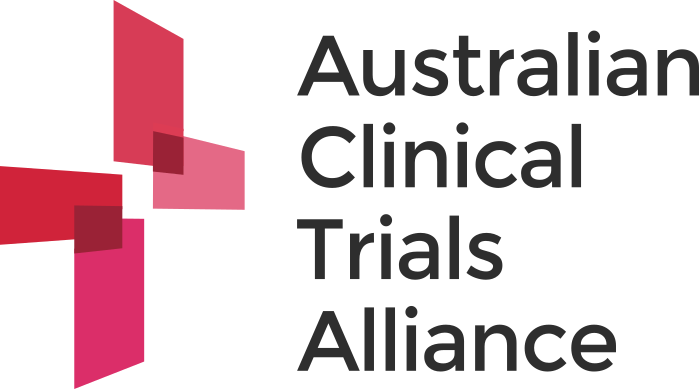
Professor Andrew Davidson, Chair of Australian and New Zealand College of Anaesthetists (ANZCA) Clinical Trials Network, suggests that with proper funding and the support of Clinical Trial Networks, you can take a trial from concept to recruitment in four weeks. Most of us probably would have scoffed at that sentiment, but Prof Davidson has been working on a trial that has done exactly that.
The BCG vaccination to Reduce the impact of COVID-19 in Australian healthcare workers following Coronavirus Exposure (BRACE) trial aims to examine the results of ‘off-target vaccination’ in healthcare workers who have been exposed to COVID-19. The trial is led by the Murdoch Children’s Research Institute.
“It’s very controversial—some people think its brilliant and some people think its absolute quackery,” said Prof Davidson.
Off-target vaccination suggests that if you’re vaccinated against one virus, then it tends to reduce your chances of getting a lot of other viral illnesses as well. The vaccination being used to test this hypothesis is the Bacille Calmette-Guerin (BCG) vaccination.
“The BCG vaccination, which gives you quite a nasty little pustule and definitely stirs up your immune system, is believed to be the one with the biggest ‘off-target effects’.
“If you get the BCG vaccine, it’s plausible that within the next 6-12 months, if you get another viral illness, then you tend to get less severe symptoms. You may still get the virus, but it’ll be less severe,” Prof Davidson explained.
The Bill and Melinda Gates Foundation (BMGF) has just invested $10M in funding to the BRACE trial—which may well be one of the largest grants ever awarded to an Australian clinical trial.
The BRACE trial is currently recruiting healthcare workers, because if it can be shown that the vaccine provides protection, then in future pandemics it would be a key treatment to give to frontline workers to protect them.
If proven effective, the BCG vaccine will also potentially be useful in the development sector; if a one-off vaccine can be administered to healthcare workers to reduce their chance of a COVID-19 infection, in a future pandemic it would be easier to use an off-target vaccine than a daily treatment.
“It does provide some interesting evidence about off-target immunity. It will be one of the biggest trials to look at whether off-target immunity is a real thing, or is a bit of a furphy.”
“The interesting thing about the study is how quickly things were mobilised to make it happen. We took about four weeks from concept to recruiting the first subject. So that involved writing a protocol, getting regulatory approval and setting up database to recruit large numbers quickly,” said Prof Davidson.
In the first three weeks of recruitment, the BRACE trial had managed to recruit 2,500 participants across sites in Melbourne and Perth. The trial was originally aiming for a cohort of 4,000 participants, but with the BMGF investment, that number has gone up to 10,000. The study will recruit a second wave in Melbourne, and will begin recruiting in Adelaide, Sydney, and the Netherlands shortly.
“The BRACE trial demonstrates how quickly you can do something in clinical trials if you have a motivated bunch of people, and it shows why Australia is a good place to do trials like this because we can mobilise people to set up a high quality trial quickly and recruit large numbers of people using our existing networks, whether it’s a clinical trial coordinating centre or a clinical trial network,” said Prof Davidson.
